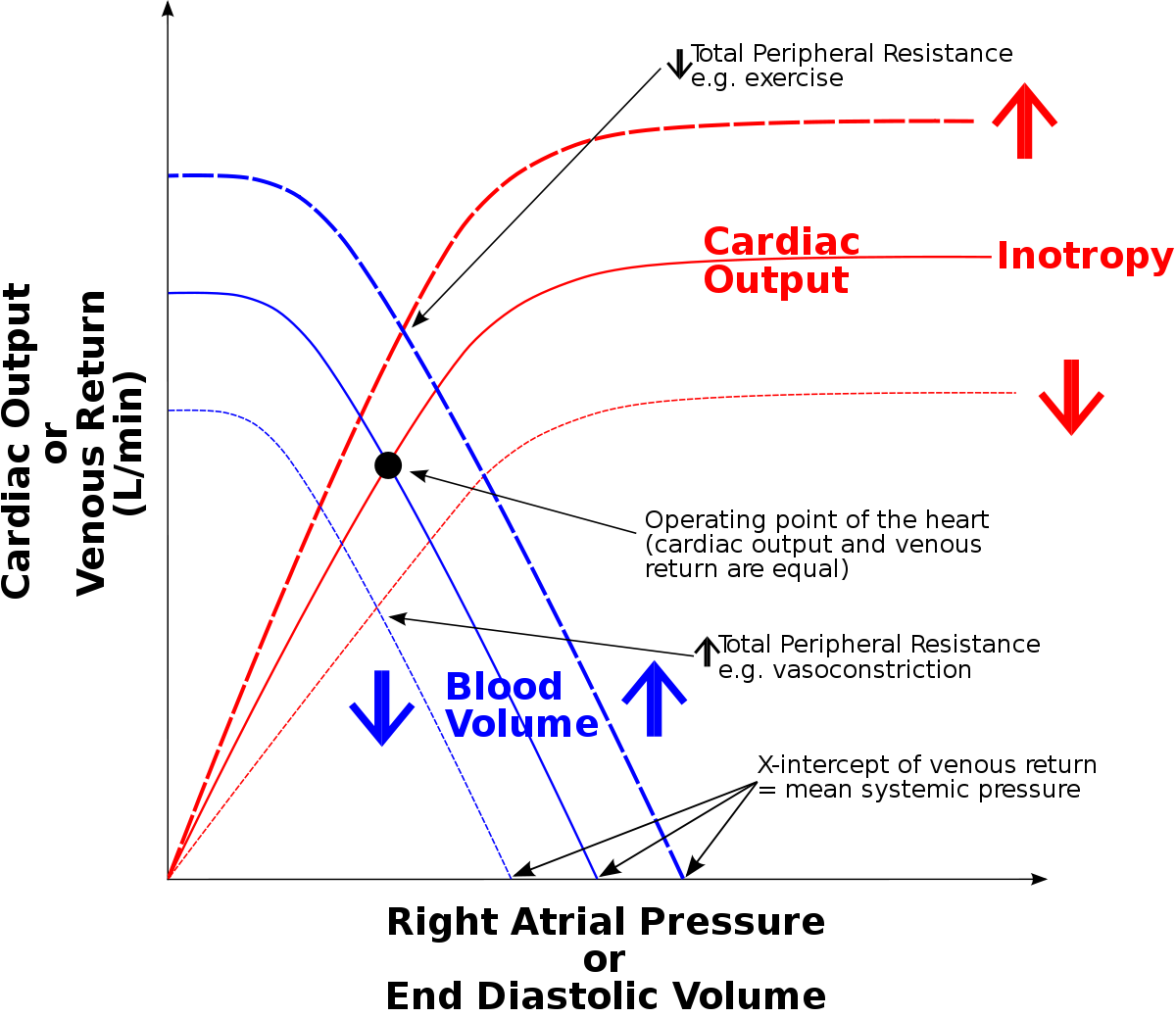T
tareload
Guest
Of course that's taking some liberties (cherry picking the blue and red data points but FWIW.
Ok, update to post #93 above.
I took all the rodent studies with testosterone and combined with the PK modeling of this paper. Doing so allows me to take the calculated weekly mean HEDs in post 93 (graph reproduced below)
and convert to an estimated serum TT level (I calculated 2.5th percentile, 50th percentile, and 97.5th percentile based on this figure) using the intensive sampling data for mg/week dosing vs serum TT levels:
Simple linear regression of the intensive sample data above (quick estimate eyeballing the graphs - can refine later):
After the conversion, now I can plot mean human serum TT level (average over 7 day period) vs duration for the rodent toxicity studies and then fit the regression lines using percentiles mentioned above (see below):
The area between the dashed lines represents the toxicity envelope predicted from the rodent studies I've looked at thus far. Obviously a work in progress. The data labels are y-values (duration in years) for the data points. Also plotted are the human data from the HIV studies we discussed above (I only used the 50th percentile regression line to convert these data from mg/week to ng/dl). Ideally, I should plot a density ellipse or set of lines for the 2.5th / 97.5th percentile as well like I did for the rodent data conversions.
EDIT: Included the density ellipse with 2.5/97.5th percentile estimates on serum TT for the human HIV studies as well:
The log-log plot really shows how short term those studies were in comparison to the region where the empirical HED transform model suggests a human male would start running in trouble. Also, note the two yellow shaded data points which are entirely made up by me to simulate the point that chronic use of "physiologic" TRT is relatively non-toxic. Even if we omit those points there's still quite a bit of real estate between the blue HED transform data and the red Human HIV study data.
You can pick a serum TT level on the x-axis and then find the upper and lower limits on the y-axis that correspond to the toxicity curves. Try it out for serum TT levels of 1000, 2000, and 5000 ng/dl? What range of durations do you find? You could compare those numbers against anecdotal data from the bodybuilding world, your own personal experience, etc.
@DS3, @Cataceous , @madman , @Nelson Vergel , @Dr Justin Saya MD, @bixt, @Wilson7, all others: would value your thoughts, critique, review. Propagating all the error involved in this analysis I would easily hand-wave the treatment as-is possesses much greater than +100/-50% error. Nevertheless, an interesting qualitative if not quantitative picture emerges. Perhaps this type of graph is already somewhere in the literature? Please share if so as I didn't mean to reinvent the wheel.
EDIT:
Added in an additional handful of influential studies in human males by Bhasin 1996 and 2001, Matsumoto 1988:
I'll try to find any other longer term rodent studies but as of now we've still got the unknown region between the rodent HED transform data and the human data. Also, I didn't see any echos or other heart surveillance in the green data.
Last edited by a moderator:















